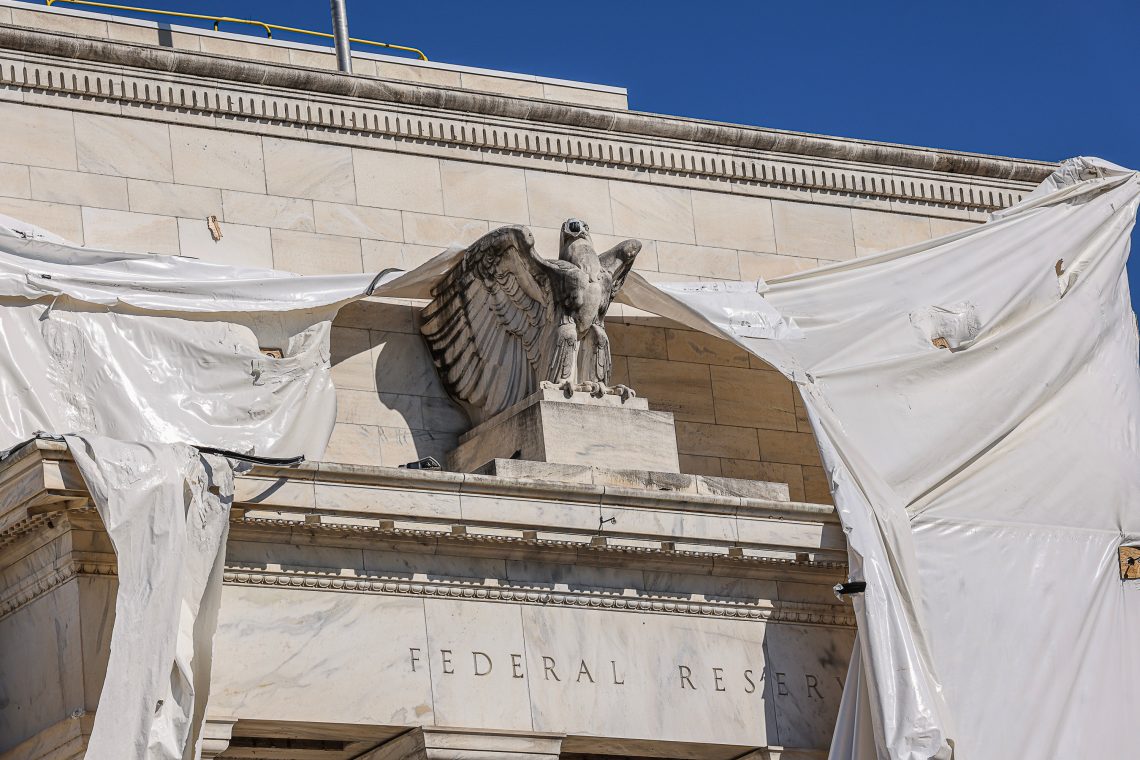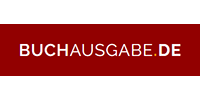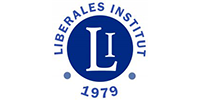Crypto regulation’s (un)intended consequences
Over the last decade, the crypto industry has undergone a dramatic transformation. It evolved from a mere hobby for coders and a pet project for individuals who were skeptical of governments and fiat money, and matured into a nearly mainstream asset class. What once operated almost unnoticed in the shadows and on the margins of the financial system is now, slowly but surely, moving toward the center.
Bitcoin exchange-traded funds are bought and sold around the world, pension fund managers are already exploring digital asset allocations and sovereign wealth funds have dipped their toes into crypto. This year, even the United States federal government, under President Donald Trump, has established a strategic Bitcoin reserve.
This spectacular trajectory from relative oblivion to mainstream adoption in such a brief period was possible because governments worldwide changed their approach toward the industry.
The dawn of crypto regulation
It was not that long ago when the official government stance vis-a-vis crypto was a combination of hostility and dismissiveness. As is often the case, public officials and regulators feared what they could not understand and their knee-jerk reaction was to try and ban it. Once they realized that the only way to shut down a decentralized digital network like Bitcoin is to shut down the internet, they decided to take a more pragmatic approach by taxing and regulating the industry instead.
Facts & figures: What is crypto, really?
The term “crypto,” when unrelated to currencies, primarily refers to cryptography or concepts involving something concealed. The word “crypto” originates from the Ancient Greek word kryptós (κρυπτός), which means “hidden” or “secret.” This root is also the source of words like “crypt” (an underground vault or hidden space).
Over time, this root has been incorporated into various English words as a prefix, “crypto-”, to denote something not obvious. Examples unrelated to currencies include cryptography, the study of secure or protected communications in the presence of adversaries; cryptic: something that is mysterious or has a hidden meaning; cryptozoology: the search for animals whose existence has not been scientifically proven, such as Bigfoot or the Loch Ness Monster.
The prefix was adopted for electronic currencies because it provides the essential mathematical methods for securing transactions, verifying ownership and preventing fraud in a decentralized, blockchain-based system without the need for a central authority.
Despite these rapid regulatory efforts being, arguably, against the spirit of crypto, which always aimed to achieve decentralization and freedom from bureaucratic capture, they still benefited the sector in practical ways. The moves helped many key players in the sector, both crypto companies and investors alike, as it finally afforded them legal certainty and predictability. Before that, the ambiguity was so pronounced that nearly every business decision carried a legal risk, making it nearly impossible to avoid entanglements with law or tax authorities.
One of the first countries to provide regulatory clarity was Switzerland, which is why crypto entrepreneurs flocked to the country and eventually established the Crypto Valley in the canton of Zug. There, they no longer had to worry about the legality of their businesses or wonder whether they might wake up the next day to find their offices raided or their accounts frozen. Soon, as more countries joined these efforts, more companies could operate internationally with confidence and transparency.
How much regulation is too much?
This almost-global regulatory wave has not been monolithic at all – not initially, at least. Some nations embraced a lighter touch than others. On one extreme, China banned crypto trading and all related businesses entirely in 2021 (only personal ownership is legal). On the other, the U.S. has established a national, strategic reserve and digital asset stockpile.
Despite these variations, however, a clear trend is developing: Crypto laws are overall becoming tighter. The new rules are increasingly targeting the sector’s most distinctive advantages: privacy, potential monetary stability, censorship resistance and decentralized control.
For example, the “Markets in Crypto-Assets Regulation” (MiCA), which sought to establish uniform European Union rules for crypto assets, also imposed significant burdens on token issuers – especially smaller, innovative startups. Token issuers are entities that create and distribute digital tokens, or currencies, which can represent various assets or functionalities. While the regulatory initiative was meant to “support market integrity and financial stability by regulating public offers of crypto-assets and by ensuring consumers are better informed about their associated risks,” it could very well end up stifling the industry.
Under MiCA, any transfer above 1,000 euros (or its equivalent) between an exchange and a private wallet must be recorded and reported, as opposed to the conventional threshold of $10,000 in the U.S. for banks. Also, issuers of stablecoins − cryptocurrencies where the value of the digital asset is supposed to be pegged to a reference asset − are required to keep at least 30 percent of their customers’ funds with banks. This not only increases costs but also renders stablecoins riskier by inserting banks into a process where they are not needed.
There is a fine line between providing legal certainty and stifling innovation and growth. Whether this regulatory fervor stems from an abundance of caution or simply a wish to control and centralize decentralized currencies, the result is the same. Anti-money laundering (AML) requirements, for example, may have started out as reasonable safeguards, but they have now become absurd constraints.
Under current interpretations, digital assets tainted by prior hacks – even those that occurred many transactions earlier – can be red-flagged, and then seized, or rendered non-transferable. This poses real risks to vendors and investors, potentially criminalizing the use and ownership of assets they acquired in good faith and in a perfectly legal manner. Recently, one of the Czech government’s coalition parties was rocked by a scandal involving a Bitcoin donation. This led to a political crisis and a parliamentary no-confidence vote, which the coalition narrowly survived.
One can draw a historical parallel to the 1758 Miller v. Race case in Great Britain, where the court ruled that a holder in due course had rights to a stolen banknote, since he had received it without prior knowledge of the crime and in exchange for his services – a rather commonsensical concept that modern AML practices seem to disregard in the crypto space.
Scenarios
Very likely: Continued regulation will permanently distort the crypto market
If regulation continues down its current path, it is highly likely that the original unique selling points of crypto will become all but extinct. The initial promise of privacy will become a thing of the past and crypto holders will have no advantages in this regard over any other securities investor or bank customer. They will also have no protection from state overreach: Their accounts could just as easily be frozen and their assets seized by capricious governments that decide to abuse their power, perhaps to silence opposition or simply to support failing banks in case of mass withdrawals, as we have seen in the past.
As for the benefits that come with decentralization, they will also be greatly diminished, as security advantages erode and vulnerability to systemic risks increases.
Given that regulations will only get tighter, as has largely been the case in all of modern banking history, and thus the true “core” of crypto will continue to fray and decay, it could lead to surprising outcomes and dramatically consequential market distortions. For instance, it is conceivable that some investors would rather pay a premium to retain their privacy, while others would rather sacrifice said privacy for the sake of security guarantees, for more streamlined trading experiences or the various legal and investor protections one enjoys with traditional vehicles.
This could split the market into two distinct classes of crypto assets. On the one hand, there would be “white-listed” assets, which would be fully compliant, centrally issued and managed, and seamlessly integrated into conventional financial and banking systems. These would be thoroughly regulated crypto assets you can buy through your conventional broker, hold in your custody account at your bank and report in your tax filings.
At the other end of the market, or rather, in the margins, there will be “blacklisted” assets, which would remain true to the original concepts of crypto: anonymity-focused, decentralized, perhaps developed by anonymous issuers. Of course, these assets would be largely incompatible with the mainstream financial system and it would only be possible to buy and sell them only through specific exchanges, peer-to-peer platforms or obscure marketplaces, and stored in self-custody, with holders personally assuming full responsibility for all security-related and operational aspects.
Unlikely: Blacklisted assets gain in attractiveness
This market bifurcation will create pricing distortions. One possible scenario is that the privacy and autonomy that the blacklisted side of the crypto market offers make these assets more attractive to investors, resulting in their trading at a premium compared to the regulated equivalents. Especially the younger, more tech-savvy generation of investors would not balk at self-custody and self-management and they would see it as a small price to pay for retaining their financial sovereignty and security. However, it is much more likely that the opposite will be the case.
Likely: Higher regulated crypto assets rise in value
Institutional and regulatory-friendly inflows tend to drive up prices much more effectively and decisively due to their sheer volume. Just like a London Bullion Market Association-certified gold bar trades at or near the spot price, while unmarked bars of dubious provenance are bought and sold at discounts, so will the white-listed crypto assets fetch higher prices than their non-compliant, or “questionable” counterparts.
Eventually, this could lead to a fundamental revaluation of the crypto asset class and it could result in the most secure and privacy-focused coins being treated like junk bonds, not because they are technologically inferior, but due to their non-compliance. Conversely, the most centralized coins, which are vulnerable to government overreach or security breaches, are almost indistinguishable from Central Bank Digital Currencies (the digital form of a country’s fiat currency, issued by the central bank) and could be traded like triple-A securities due to their perceived stability.
This report was originally published here: https://www.gisreportsonline.com/r/crypto-regulation-consequences/
































